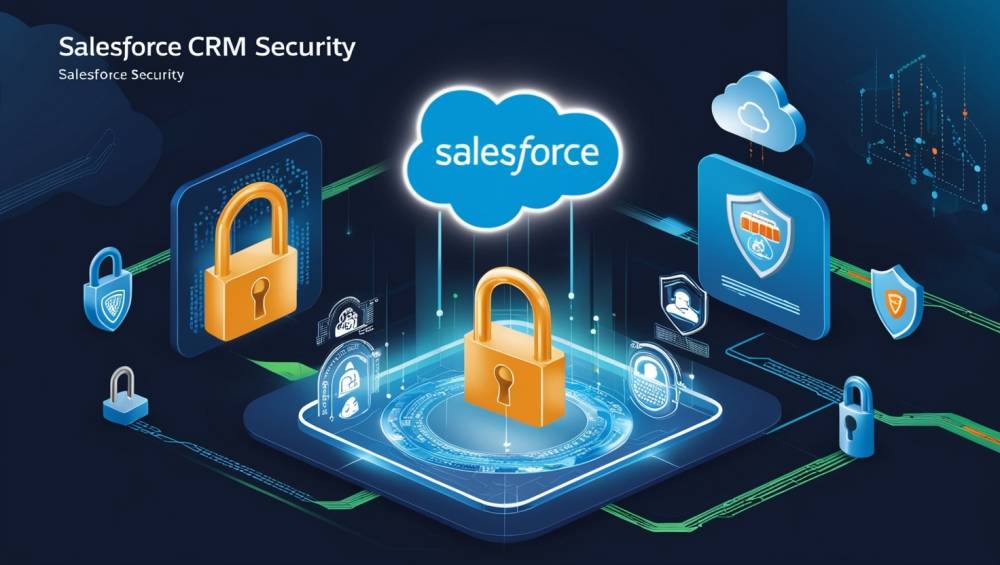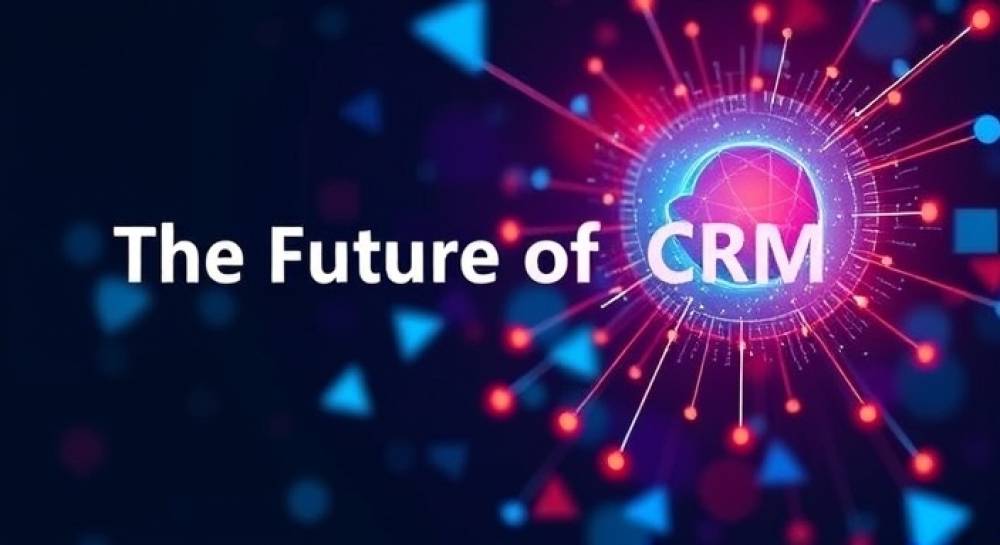
Pro Code or No Code? Making the Right Choice in Salesforce CRM
Salesforce is one of the world's most powerful CRMs, offering solutions for a variety of business functions such as sales, service, and marketing. It not only helps to transform the business, but it also automates most of the tedious tasks with its built-in features. However, while using it can be beneficial in many ways, there is always the dilemma of using the traditional Pro code (Apex) approach or embracing the No Code (Flow) approach that Salesforce has provided to expand its capabilities for our business needs. This may be determined by the sort of business, available resources, and a variety of other considerations.
Pro Code or No Code?
This incentive has been for so long whether to have a team of dedicated people who work on complex coding structure and architect solution or whether to have a team of dedicated admins who can configure things to simplify the design and achieve the same result. While the answer is not that simple, yet people choose the no code strategy. Let’s dive deep into what makes a system expandable in the long term.
What is a piece of code?
A piece of code is a set of instructions given to the computer to understand what output we want from it and to make logical decisions on their own based on some input or triggers. While a code can be friendly and understandable at times there is an extent to which a code can be friendly. Not every developer will understand the code at first sight as when the system gets complex so do the code to represent its complexity.
What is No code?
While coding is done for the purpose of extending the functionality of existing implementations or creating new ones. No code approach is more limited as it only applies in extending the existing implementation. It is simple as it is design in that way to empower individuals to understand and expand with business needs with less hassle but It is not guaranteed that it will also remain simple as now you are not watching the lines of code but you are dealing with elements in the screen that acts as a intermediary layer between you and the code.
What approach to follow?
The Platform we are discussing today is Salesforce CRM. Salesforce provides us with a coding language as apex and a No Code solution as Salesforce flow. While the features given in the flow itself are a lot and very decent ones compared to other No code solution providers. There is a limitation as there is an element specifically designed to let the coding do the things at the background silently and we use an element to replace that block or code with interactiveness giving it more configuration and options for the admins to work around with in several different ways. Let’s go over the advantages of the flow pretty quickly.
Advantages of flow
1. Ease of Use: Flows are easy to use as there are elements in it which are displayed as simple pictures/icons.
2. Reduced Developer Dependency: Flows can tackle multiple solutions without the need of the developers and coding knowledge beforehand.
3. Flexibility: Flow elements are configurable and can be used in multiple ways to better suit the requirement.
4. Scalability: Flows just like Apex have to obey the transaction limits which are somewhat different for flows.
So, do you think Flows are the best alternatives for coding? Yes? Well people, if your answer is Yes then use it by all means it is a tool provided by Salesforce for that same purpose to make the work of the admins that interact with a lot of different configurations inside Salesforce easy.
If you think otherwise that coding is the best way to go then go with the code there is no reason to argue over what tool to pick. All tools are designed to make our life easy and if you think you can make your life better by using those tools then use it. Just remember what problem you're facing and which is the most efficient way of solving that.
Making the right choice
Choosing between the two of them can sometimes be hectic and not so easy to make a decision upon due to the fact that Salesforce is a complex CRM designed to tailor for the needs of specific teams and individuals. There are also several other factors involved, including the complexity of your business process, budget allocated for several resources, the availability of skills in your current team and your long-term goals.
Here are a few key indicators on which one to choose from.
· Complexity of Requirements: if the business consists of several different components to work with and not just salesforce then the best idea would be to give autonomy to the developers as they are more equipped with the knowledge and experience to handle it.
· Resource Availability: if your team has highly experienced developers that know what they are doing then it’s best to go Pro Code as the code gives more control over what gets executed and what not. If your team consists of business members then it is safe bet to go with the No Code (Flows).
· Speed of Deployment: if you need rapid deployments and quick response to the problem then go with No Code as Coding will take some time and a lot of process to reach the deployment phase. We all saw what happened with Crowd Strike.
· Budget Constraints: No Code (Flows) are cost effective and perfect for low budget customers but Pro Code pays off in the long run as it gives more options in terms of scalability & complexity handling.
· Long-Term Strategy: if you plan on having your business expand and long term goals then investing in Pro code solution will pay off. If you have a simple solution that will not change for a long time then No Code (Flow) solution is for you.
Conclusion
Finally, it is up to you to determine what is best for your firm. No Code provides simplicity and ease of use, whereas Pro Code provides long-term scalable solutions. Salesforce will constantly maintain its tools up to date, so there will always be the opportunity to learn new things, and all of the other criteria described in the article will also play a role in your decisions.
About the Author:
Raza is a Senior Consultant at Unboxx focusing on the Salesforce platform. He enjoys learning about the different clouds that Salesforce provides and AI technologies. He writes technical content to raise awareness about clean code and architecture. Follow him on LinkedIn @RazaHussain.







